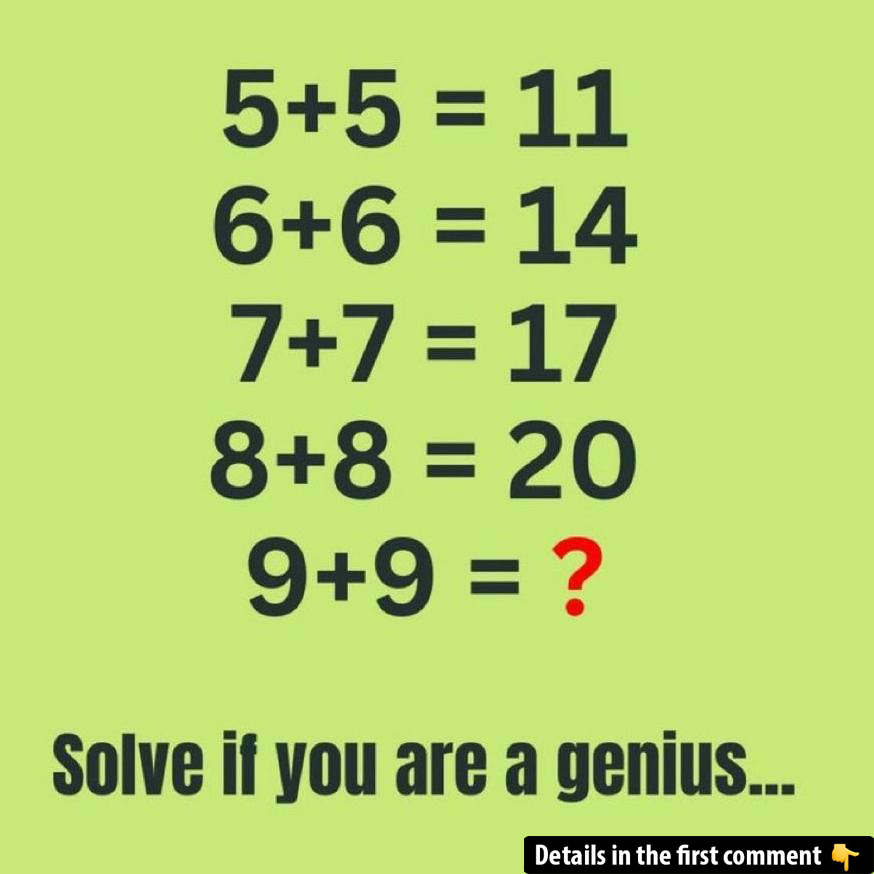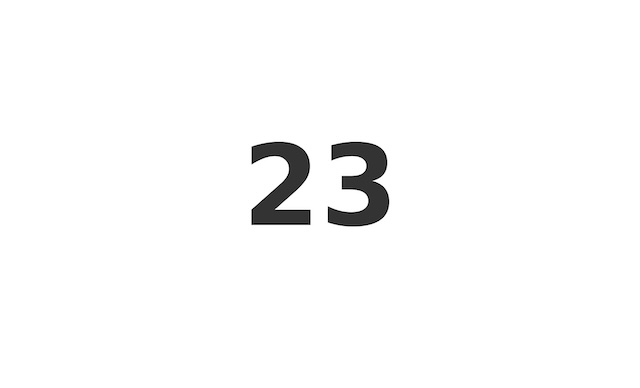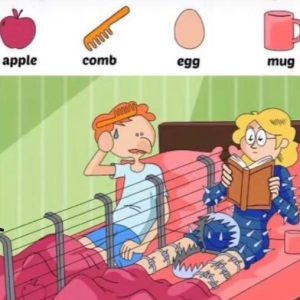Are you ready to put your problem-solving skills to the test? Here’s a tricky math riddle that will challenge your ability to think outside the box. At first glance, the sequence may seem like basic arithmetic, but there’s a hidden twist that most people overlook.
Take a look at these equations:
- 5 + 5 = 11
- 6 + 6 = 14
- 7 + 7 = 17
- 8 + 8 = 20
- 9 + 9 = ?
If you think the answer is simply 18, think again! There’s a secret pattern hidden in these numbers. Let’s break it down and see if you can crack the code.

Common Mistakes That Trap Most People
When most people see this puzzle, their immediate reaction is to add the numbers as they normally would:
- 5 + 5 = 10
- 6 + 6 = 12
- 7 + 7 = 14
- 8 + 8 = 16
- 9 + 9 = 18
While that would be true in a standard math problem, this puzzle follows a different logic. Many people fall into the trap of treating it as a simple addition problem when, in reality, there’s a hidden rule at play.
Video: IQ Test – Solving matchingstick Puzzle
Deciphering the Hidden Pattern
Let’s take a closer look at the numbers and see if we can identify the rule being followed.
Step-by-Step Breakdown:
- 5 + 5 = 11 → (5 + 5) + 1 = 11
- 6 + 6 = 14 → (6 + 6) + 2 = 14
- 7 + 7 = 17 → (7 + 7) + 3 = 17
- 8 + 8 = 20 → (8 + 8) + 4 = 20
Do you see the pattern now? The equation isn’t just a simple sum of two numbers. Instead, there’s an extra number being added each time, and that number increases by 1 with each step.
Now, let’s apply the same rule to the final equation:
- 9 + 9 = (9 + 9) + 5
- 9 + 9 = 18 + 5 = 23
The Correct Answer: 23

If you got 23, congratulations! You’ve cracked the hidden pattern and proven your logical thinking skills. If not, don’t worry—this puzzle is designed to be tricky! It’s a great example of how numbers can play tricks on our minds when we assume patterns without looking deeper.
Why This Puzzle Is So Tricky
This type of puzzle plays on the way we naturally interpret numbers. Most people assume that the equations follow basic addition rules, and their brains automatically process them without questioning whether a hidden pattern exists.
That’s why this puzzle is a great test of logical thinking. It forces you to break away from conventional problem-solving and consider alternative possibilities—an essential skill in math, science, and everyday life.
Share This Challenge With Your Friends!

Now that you’ve mastered this riddle, challenge your friends and family! See if they can spot the pattern or if they fall into the same trap as most people. It’s a fun way to test problem-solving skills and encourage outside-the-box thinking.
Puzzles like this one help sharpen our minds, improve pattern recognition, and boost our ability to think critically. So keep challenging yourself with more logic puzzles and brain teasers—you never know when these skills will come in handy!


